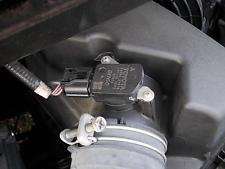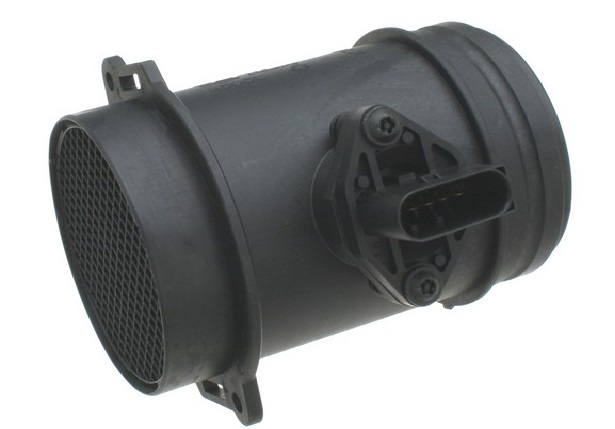What’s a Mass Air Flow Sensor, and Why Should You Care?

Right, so the Mass Air Flow (MAF) sensor is one of those bits most drivers never think about until something goes wrong. It lives in your engine bay, usually right on the air intake—just before the air hits your engine. Its whole job is to figure out how much air’s coming in, and then let the car’s ECU (that’s the computer brain) know so it can get the fuel-to-air mix bang on. That makes a big difference to how smoothly your car runs, how much petrol you use, and the exhaust fumes shot out the back.
Here in Hamilton, you get all sorts—rain one minute, baking sun the next, lots of stop-start on Te Rapa Road or puddles outside The Base, fog rolling in over Whatawhata, and all those speed bumps around Flagstaff and Rototuna. It’s no wonder these sensors cop a bit of a hiding over time, especially if you’re doing the school run out to Cambridge or dodging potholes on the way to Morrinsville.
What Happens If Your MAF Sensor Karks It?
Honestly, driving round with a crook MAF sensor isn’t a great idea. Couple of our regulars—one lady with a Nissan X-Trail, another bloke with a Peugeot 308—rolled in after their check engine lights pinged on cruising down Wairere Drive. Both noticed dodgy fuel economy, sluggish take-off at the lights, and one even had their car stalling at random. Leave it too long, you risk clogging or even stuffing your catalytic converter, and that’s not a cheap fix. Plus, you’ll notice the car just runs rough. Chews through petrol like there’s no tomorrow, too.
If you want a deep-dive on how they work, have a squiz at this: Learn more about mass airflow sensors
How We Diagnose MAF Sensor Problems
Probably half the time someone comes in for rough running or dodgy idling, we’ll plug in the scanner and see a P0101 code staring back. That code means the readings we’re getting from the MAF aren’t right—either way off or not there at all. Can be dodgy wiring (those wires rattle and shift with all the bumps along Peachgrove Road), dead sensors (German cars like older BMWs and some Suzukis out of Japan seem prone), or sometimes the delicate wire in the sensor itself just snaps or gets all gummed up.
If you’re keen for a bit of technical jargon, check this out: Learn more about the fault code
What Are the Signs Your Mass Air Flow Sensor’s Giving Up?

- Check Engine Light: Yup, that little orange light on the dash. Can mean a stack of things, but dodgy MAF is high on the list, especially if you’re in a Toyota Corolla or a Mazda Demio that’s seen a few years on NZ roads.
- Stalling or Rubbish Idling: Engine coughs, splutters or cuts out at the lights. Not fun, especially in peak hour along Victoria Street.
- Lack of Power: Foot down, nothing happens. Or your Kia Carnival suddenly won’t pull itself up the hills to Raglan.
- Terrible Fuel Economy: Watching the fuel gauge drop as you trundle around Chartwell or Glenview? MAF sensor could be the culprit.
Getting Your MAF Sensor Sorted in Hamilton
Look, we see everything in the workshop—Euro stuff like Skoda Fabias, Asian hybrids like the Honda Fit, you name it—MAF sensor jobs are pretty common across all sorts, even diesels and wagons doing the run between Ngaruawahia and Hamilton. Our techs always start with a good look over, then scan and test the readings. If we reckon the sensor’s past it, we’ll swap it out and get you back on the road, running sweet.
Want it checked? Need a new mass air flow sensor? Or just want solid advice on a weird sputtering noise or flashing dashboard light? Give us a bell at Grimmer Motors. We’re always up for a yarn and happy to help you keep your car trouble-free, whether you’ve got a Japanese hybrid, a Euro estate, or the trusty family wagon.

